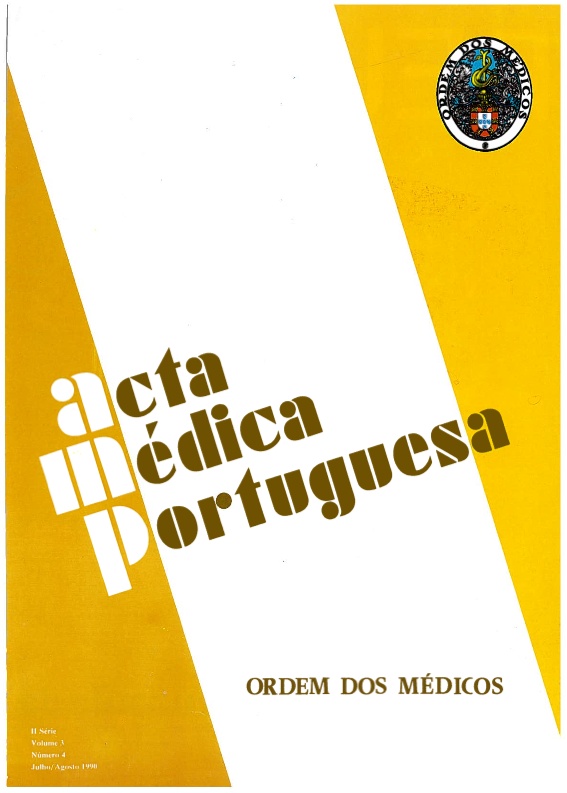Non-A, non-B hepatitis: hepatitis C.
DOI:
https://doi.org/10.20344/amp.4574Abstract
Non-A, non-B hepatitis (NANB), whether following the transfusion of blood products or occurring sporadically without percutaneous exposure, is complicated in approximately 50% of cases by the development of chronic hepatitis. Emerging as a consistent observation is the insidious progression of such cases of chronic NANB hepatitis to cirrhosis. Among patients with chronic NANB hepatitis followed for up to 10 years, cirrhosis is demonstrable in 20%. In May, 1988, the identification of the agent of NANB hepatitis was described by Houghton and colleagues of the Chiron Corporation. Hepatitis C, a 10,000 nucleotide single-stranded RNA virus with properties similar to those of flavivirus, was identified by developing a cDNA library from the genetic material in a chimpanzee inoculum of high infectivity and locating a clone which elaborated a virus-specific protein. Serologic evidence for HCV infection can be detected in 60-90% of cases of transfusion-associated hepatitis and 50% of cases of sporadic NANB hepatitis. Antibody to HCV (anti-HCV) can be detected in 30% of chronic hepatitis B, in 10-46% of alcoholic cirrhosis, in 40-70% of cases of hepatocellular carcinoma HBsAg negative and in 0-83% of patients with auto-immune chronic active hepatitis. Assays for HCV antigen will require technology more sensitive such than current immunoassays, such as the polymerase chain reaction. The introduction into blood banks of a screening test for anti-HCV is expected to reduce the risk of transfusion-associated NANB hepatitis and is highly recommended.Downloads
Downloads
How to Cite
Issue
Section
License
All the articles published in the AMP are open access and comply with the requirements of funding agencies or academic institutions. The AMP is governed by the terms of the Creative Commons ‘Attribution – Non-Commercial Use - (CC-BY-NC)’ license, regarding the use by third parties.
It is the author’s responsibility to obtain approval for the reproduction of figures, tables, etc. from other publications.
Upon acceptance of an article for publication, the authors will be asked to complete the ICMJE “Copyright Liability and Copyright Sharing Statement “(http://www.actamedicaportuguesa.com/info/AMP-NormasPublicacao.pdf) and the “Declaration of Potential Conflicts of Interest” (http:// www.icmje.org/conflicts-of-interest). An e-mail will be sent to the corresponding author to acknowledge receipt of the manuscript.
After publication, the authors are authorised to make their articles available in repositories of their institutions of origin, as long as they always mention where they were published and according to the Creative Commons license.









